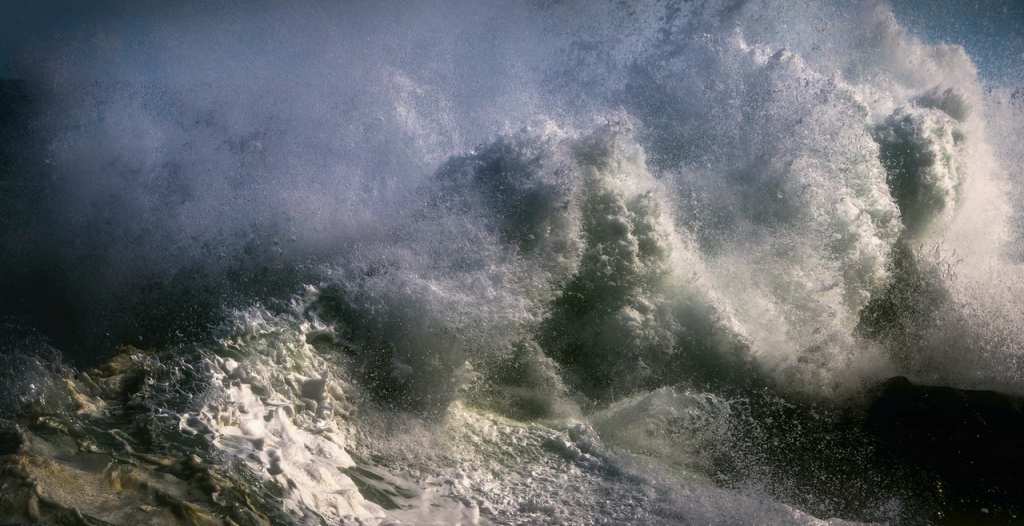Endogenic and Exogenic forces are one of the important topics that appeared in the Geography section for UPSC of the year 2017-18. The earth’s surface is not even but distributed unevenly due to landforms. The formation and deformation of hills, mountains, cliffs, etc. is caused by the external (exogenic) and internal (endogenic) forces under the earth’s surface that continuously collide against each other.
These forces cause the stress and chemical changes on the earth’s surface which causes the changes to occur on the surface of the earth. This article will describe in detail what exogenic forces are.
Why do Plates Move?
The tectonic plates are like pieces of a cracked shell that rest on the hot, molten rock lava present in the Earth’s mantle and fit snugly against one another continuously rubbing. The heat generated from radioactive processes within the planet’s interior makes the plates move all the time either away from each other or towards each other. This shifting of the plates gives rise to different kinds of forces that cause formations or deformations of landforms on the earth’s surface.
Define Exogenic Forces
The forces deriving their strength from the earth’s exterior or originating in the earth’s atmosphere are called exogenic forces or external forces. Exogenic forces cause wearing down in the earth’s surface and are, therefore, often called land wearing force.
The processes which occur on the earth’s surface due to the influence of exogenic forces are called exogenic processes or exogenic geomorphic processes.
Weathering, mass wasting, erosion, and deposition are the main exogenic processes. All the exogenic processes are covered under a general term- denudation, which means strip off or uncovers.
Also Read: Difference Between Endogenic and Exogenic Forces
Examples of Exogenic Forces
Exogenic forces include the tidal force of the moon, erosion. Erosion is mostly made by precipitation such as rain and snow, and by the wind cyclones, tornadoes, droughts, thunderstorms, rainfall, snowfall, winds, hailstorms.
Conclusion
Exogenic forces are one of the most important parts of the geography syllabus and at the same time, it is also very tricky to understand as candidates very easily get confused between exogenic and endogenic processes.
Thus proper care and frequent revisions are needed to get these concepts thoroughly by heart. The shift in the tectonic plates causes many differences and ruptures in the earth’s surface that is a focus of study for many geologists.
Also Read : UPSC Month-Wise Study Plan for Mains: Check this Effective Post Prelims Strategy






